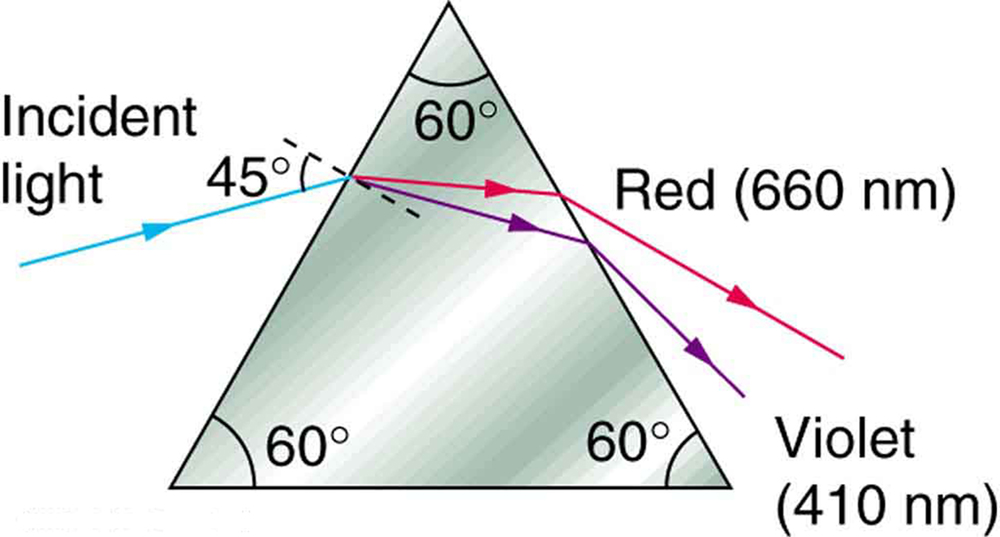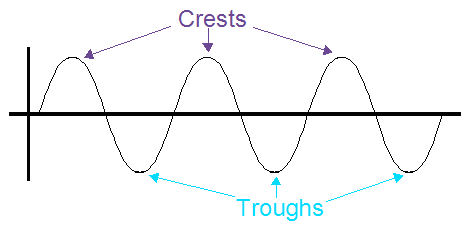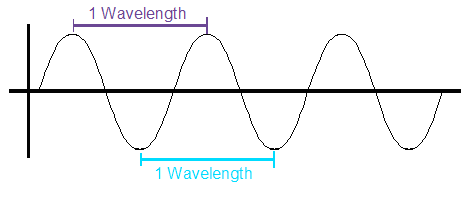You are using an out of date browser. It may not display this or other websites correctly.
You should upgrade or use an alternative browser.
You should upgrade or use an alternative browser.
The conference hall debate!
- Thread starter theorist-constant12345
- Start date
- Status
- Not open for further replies.
a prism
Yes, that is a prism...
added to the diagram -Yes, that is a prism...
Attachments
added to the diagram -
Indeed, you did... the real question is, can you make something meaningful from it?

From Encyclopedia Britannica
also


By meaning something from it, do you mean a statement you can understand or an invention for use?Indeed, you did... the real question is, can you make something meaningful from it?

From Encyclopedia Britannica
also


Is white light being a frequency= 0 and an equilibrium to sight not alone something new?
By meaning something from it, do you mean a statement you can understand or an invention for use?
Is white light being a frequency= 0 and an equilibrium to sight not alone something new?
New, perhaps - however, it is still wrong.
Do you understand what frequency is? Let me help you out:
Full Definition of FREQUENCY
1
: the fact or condition of occurring frequently
2
a : the number of times that a periodic function repeats the same sequence of values during a unit variation of the independent variable
b : the number, proportion, or percentage of items in a particular category in a set of data
3
: the number of repetitions of a periodic process in a unit of time: as
a : the number of complete alternations per second of an alternating current
b : the number of complete oscillations per second of energy (as sound or electromagnetic radiation) in the form of waves
See frequency defined for English-language learners
See frequency defined for kids
Examples of FREQUENCY
- the alarming frequency of serious automobile accidents caused by young drivers
- The frequency of student errors was frustrating to the young teacher.
- Our visits decreased in frequency.
- Errors were occurring with increasing frequency.
- a sound wave of high frequency
- waves having very different frequencies from one another
- a current having a frequency of 60 hertz
- a radio frequency of 30 megahertz
Now, knowing this, explain to me how you can have a frequency of zero.
by being a linearity without interference, wave-particle duality, no resistance , no wave.New, perhaps - however, it is still wrong.
Do you understand what frequency is? Let me help you out:
Now, knowing this, explain to me how you can have a frequency of zero.
Attachments
by being a linearity without interference, wave-particle duality, no resistance , no wave.
And thus we come to the crux of the issue:
http://www.studyphysics.ca/newnotes/20/unit03_mechanicalwaves/chp141516_waves/lesson44.htm
Frequency
When we first started looking at SHM we defined period as the amount of time it takes for one cycle to complete... seconds per cycle
- Frequency is the same sort of idea, except we’re just going to flip things around.
- Frequency is a measurement of how many cycles can happen in a certain amount of time… cycles per second.
- If a motor is running so that it completes 50 revolutions in one second, I would say that it has a frequency of 50 Hertz.
- Hertz is the unit of frequency, and just means how many cycles per second.
- It is abbreviated as Hz.
- It is named after Heinrich Hertz, one member of the Hertz family that made many important contributions to physics.
- In formulas frequency appears as an "f".
Wavelength is a property of a wave that most people (once they know what to look for) can spot quickly and easily, and use it as a way of telling waves apart. Look at the following diagram...

Figure 1
- Any of the parts of the wave that are pointing up like mountains are calledcrests. Any part that is sloping down like a valley is a trough.
- Wavelength is defined as the distance from a particular height on the wave to the next spot on the wave where it is at the same height and going in the same direction.
- Usually it is measured in metres, just like any length.
- There isn’t a special spot you have to start on a wave to measure wavelength, just make sure you are back to the same height going in the same direction. Most people do like to measure from one crest to the next crest (or trough totrough), just because they are easy to spot.

Figure 2
This leads us to one of the most important formulas you will use when studying waves.
- Frequency tells us how many waves are passing a point per second, the inverse of time.
- Wavelength tells us the length of those waves in metres, almost like adisplacement.
- If we multiply these two together, we are really multiplying 1/s and m… which gives us m/s, the velocity of the wave!

v = velocity of the wave (m/s)
f = frequency (Hz)
λ = wavelength (m)
So, if frequency is zero, then the velocity is, by simple math, zero. Can you tell me what this would mean, TC?
I understand crests and troughs and waves, the velocity is not zero, you just can not record the velocity because it is a linearity unless by interference.And thus we come to the crux of the issue:
http://www.studyphysics.ca/newnotes/20/unit03_mechanicalwaves/chp141516_waves/lesson44.htm
Frequency
When we first started looking at SHM we defined period as the amount of time it takes for one cycle to complete... seconds per cycle
Wavelength
- Frequency is the same sort of idea, except we’re just going to flip things around.
- Frequency is a measurement of how many cycles can happen in a certain amount of time… cycles per second.
- If a motor is running so that it completes 50 revolutions in one second, I would say that it has a frequency of 50 Hertz.
- Hertz is the unit of frequency, and just means how many cycles per second.
- It is abbreviated as Hz.
- It is named after Heinrich Hertz, one member of the Hertz family that made many important contributions to physics.
- In formulas frequency appears as an "f".
Wavelength is a property of a wave that most people (once they know what to look for) can spot quickly and easily, and use it as a way of telling waves apart. Look at the following diagram...

Figure 1
- Any of the parts of the wave that are pointing up like mountains are calledcrests. Any part that is sloping down like a valley is a trough.
- Wavelength is defined as the distance from a particular height on the wave to the next spot on the wave where it is at the same height and going in the same direction.
- Usually it is measured in metres, just like any length.
- There isn’t a special spot you have to start on a wave to measure wavelength, just make sure you are back to the same height going in the same direction. Most people do like to measure from one crest to the next crest (or trough totrough), just because they are easy to spot.

Figure 2
This leads us to one of the most important formulas you will use when studying waves.
- Frequency tells us how many waves are passing a point per second, the inverse of time.
- Wavelength tells us the length of those waves in metres, almost like adisplacement.
- If we multiply these two together, we are really multiplying 1/s and m… which gives us m/s, the velocity of the wave!

v = velocity of the wave (m/s)
f = frequency (Hz)
λ = wavelength (m)
So, if frequency is zero, then the velocity is, by simple math, zero. Can you tell me what this would mean, TC?
You can not directly see a Photon to record a speed using point (a) the sun and point (b) a distance finishing line.
Any method to record the speed of light is interference that records a wave, you are adding resistance to and in affect making the wave happen.
Consider how fast the fiqure 1 wave would be moving if it was a flat line and stretched, that is the difference and mistake I have being trying to explain about waves.
With no resistant force opposed to light, there is no mechanism and no need for it to be a wave, like the falling water on a water fall.
You seem to me to be measuring a propagation speed rather than a free running speed.
Pic provided google,You seem to me to be measuring a propagation speed rather than a free running speed.
A metaphor picture, a Photon is a particle and travels freely until there is resistance force.
Attachments
"Propagation" speed is how fast light propagates, and is c in a vacuum. "Free running speed" makes no sense. Are you referring to group velocity or phase velocity? All have different meanings.You seem to me to be measuring a propagation speed rather than a free running speed.
I am meaning, if there is no opposing resistance , like a car travelling freely down a road ( excluding gravity for this example) , it will remain in a straight line and maintain its linear shape, until making contact with a resistance force."Propagation" speed is how fast light propagates, and is c in a vacuum. "Free running speed" makes no sense. Are you referring to group velocity or phase velocity? All have different meanings.
Where the car will become a ''crushed wave'' by propagation of its rear end continuing forward, continuing to apply force on the opposing force, however if the opposing force was less dense, the car would pass through the opposing force retaining more of its shape.
You mean I have a will not just to accept mainstream ideas without being sure they are correct?*shakes head*
You have, quite literally, a lesser grasp of physics than my 7 year old niece...
Your seven year old niece has no choice to accept the educational discipline. I am an adult you can not put a x mark on my thoughts in attempt fear of grade failure.
Last edited:
Cars don't travel in straight lines when travelling freely. They need to be steered or they run off the road.I am meaning, if there is no opposing resistance , like a car travelling freely down a road ( excluding gravity for this example) , it will remain in a straight line and maintain its linear shape until making contact with a resistance force.
Light does travel in a straight line in free space. Refraction or reflection can change this.
So if a car drives through air in Denver it retains its shape, but if a car drives through air in Manhattan it will become a "crushed wave?"Where the car will become a ''crushed wave'' by propagation of its rear end continuing forward, continuing to apply force on the opposing force, however if the opposing force was less dense, the car would pass through the opposing force retaining more of its shape.
Is Manhattan smoggy?Cars don't travel in straight lines when travelling freely. They need to be steered or they run off the road.
Light does travel in a straight line in free space. Refraction or reflection can change this.
So if a car drives through air in Denver it retains its shape, but if a car drives through air in Manhattan it will become a "crushed wave?"
No, but the air density is higher. The air density is lower in Denver, thus by your explanation, "the opposing force is less dense, and the car will pass through the opposing force retaining more of its shape."Is Manhattan smoggy?
air is not a solid or a magnetic field of the earth and opposes very little resistance to light regardless of density, light passes through the air with no impedance.No, but the air density is higher. The air density is lower in Denver, thus by your explanation, "the opposing force is less dense, and the car will pass through the opposing force retaining more of its shape."
- Status
- Not open for further replies.





